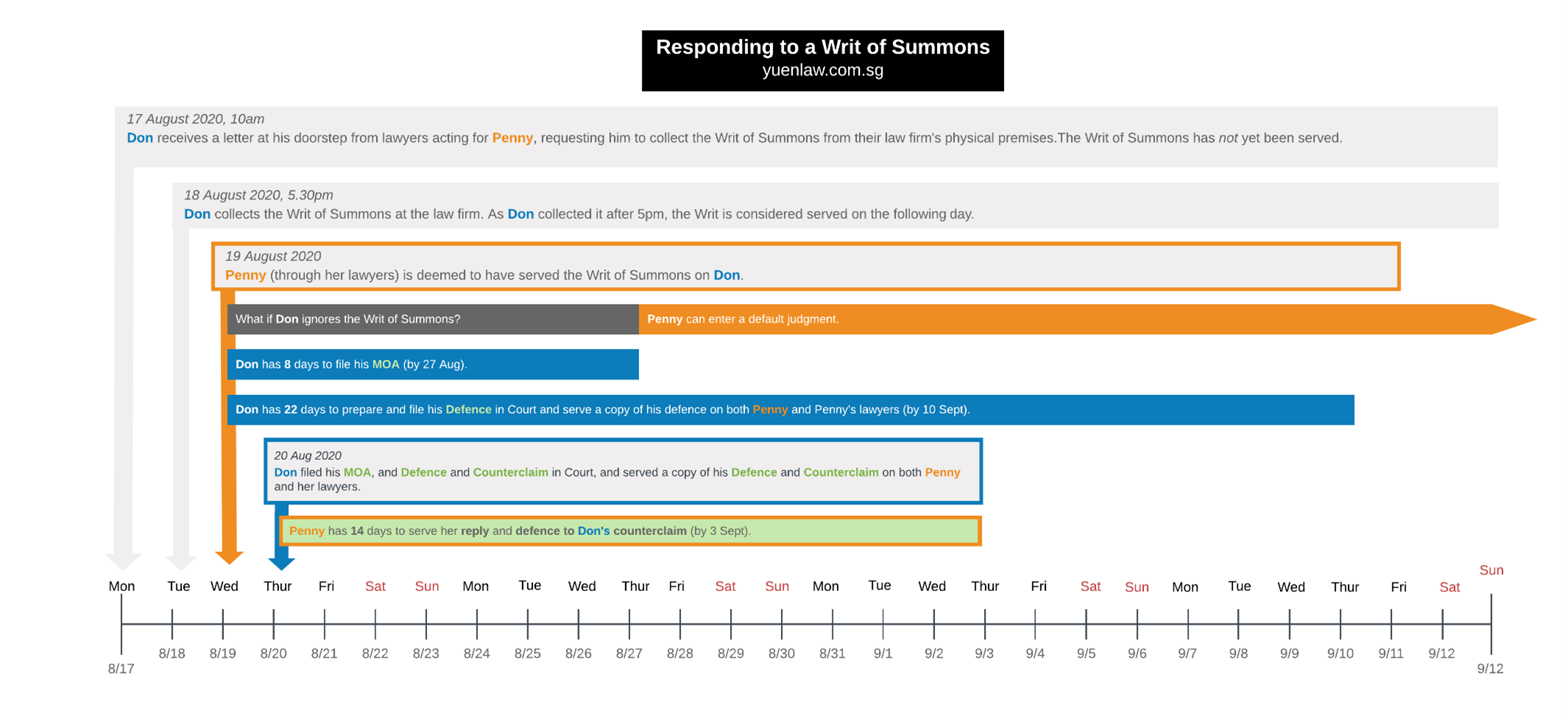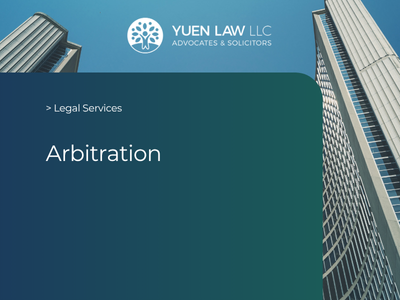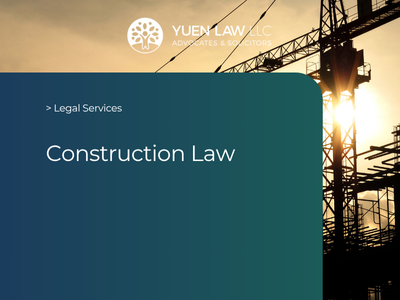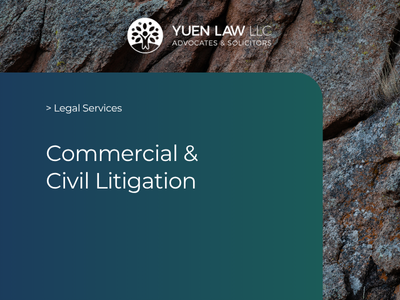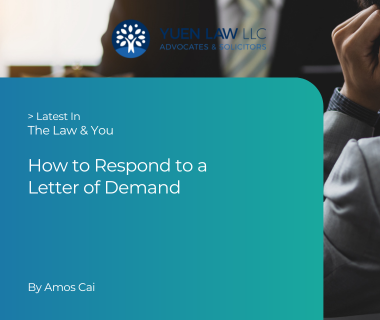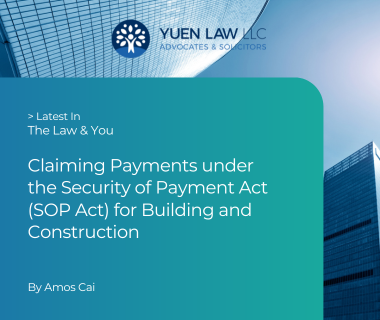
This article will be divided into two sections. (1) General Queries covers initial concerns and FAQs you may have about a Writ of Summons, and explains some phrases on the Writ of Summons , which you are likely to receive. (2) How to Respond to a Writ of Summons delves into your next steps and highlights some often-overlooked technicalities in responding to a Writ of Summons.
(1) General Queries
What is a Writ of Summons?
A Writ of Summons is a document from someone with a claim against you, launching a lawsuit. If you want to defend yourself against this claim, the Writ of Summons requires you to appear in Court.
What is the difference between a Writ of Summons and a Letter of Demand? Are they the same?
No, they are not the same. A Letter of Demand lists demands that you do certain things, failing which, the sender may launch a lawsuit against you. A Writ of Summons is the formal court document that begins the lawsuit proceedings.
What happens if I ignore the Writ of Summons? This claim against me is baseless.
If you think the claim is baseless, all the more you should enter your appearance to prevent a default judgment being entered against you. With peace of mind from entering your appearance, you can then focus on engaging a lawyer, crafting a strong defence, and/or negotiating a settlement with the claimant.
Also, it is hard to ignore a Writ of Summons as it would usually be served to your doorstep.
What are the consequences of having a default judgment entered against me?
In the eyes of the law, reaching a default judgment stage is akin to you agreeing with all the plaintiff’s claims against you, since you did not respond to the plaintiff’s claims. The court would usually grant the relief the plaintiff seeks. This could include seizing your assets, for example.
It is possible to set a default judgment aside, but this is generally an expensive and long process. Thus, right from the start, it is preferable to enter an appearance.
What does it mean to “cause an appearance to be entered for you”?
This phrase is found in the standard Writ of Summons form. It refers to entering an appearance, which is basically (1) filing an appearance with the court and (2) serving a Memorandum of Appearance on the plaintiff. Think of it as a “heads-up” to the Court that you have something to say about the claim, and thus would not passively accept a default judgment.
Can I sue the claimant back instead of replying to the Writ of Summons?
You can counter-sue, but you should still reply to the Writ by filing a defence. A counterclaim should be filed after you enter your appearance, at the same time as filing your defence.
(2) HOW TO RESPOND TO A WRIT OF SUMMONS
It is strongly advisable to seek legal advice at this stage, to save time and costs in the long run. For example, if you wish to defend yourself because you disagree with certain facts the claimant has presented, a lawyer would be able to advise you on how your views and evidence would be seen in the eyes of the law and should be drafted. This would help you respond to the Writ of Summons by filing a defence which would comply with procedural requirements.
1. File a notice of intention to contest as soon as possible, regardless of whether you are defending yourself against the claim or seeking a settlement.
Singapore residents have 14 days to file a notice of intention to contest and overseas residents have 21 days to file a notice of intention to contest after the statement of claim is served on them or otherwise stated in the Writ of Summons. If you wish to pursue mediation or other out-of-court settlements, this – and more – can still be done after filing a notice of intention to contest. Entering an appearance does not mean the dispute has to end in a lawsuit.
Take note of the conventions for calculating time:
• ‘14 days’ refers to 14 normal days, rather than working days.
• Anything done after 5pm is considered as occurring on the next day.
2. Prepare both your appearance and defence, and counterclaim (if applicable)
Appearance
The appearance refers to the notifications to the Court and the plaintiff as described above.
Defence
The defence refers to your competing arguments and facts.
Please note that the date you enter your appearance on does not affect the number of days you have to file your defence. The deadline to file your defence is 22 days from when the Writ of Summons is served on you. The 22 days do not start counting down from when you enter your appearance. This is a common misconception that can lead to defendants taking their time to enter their appearance, thinking this buys more time for them to prepare their defence – when in reality, the 22-day countdown had already started much earlier.
Thus, in the summary diagram below, note that the timeframes for entering appearance and filing defence start on the same day, i.e. the day the Writ of Summons was served.
Counterclaim
The counterclaim is where you ‘counter-sue’ of the claimant, should you believe you have a claim against the claimant as well. It is highly advisable to engage a lawyer to draft a compelling counterclaim that stands up to legal scrutiny.
